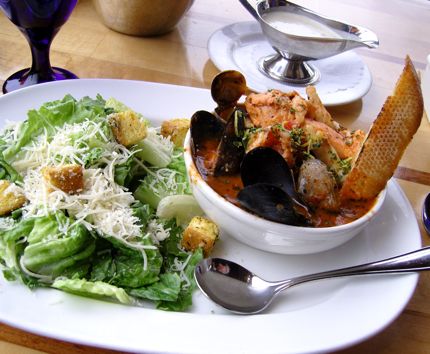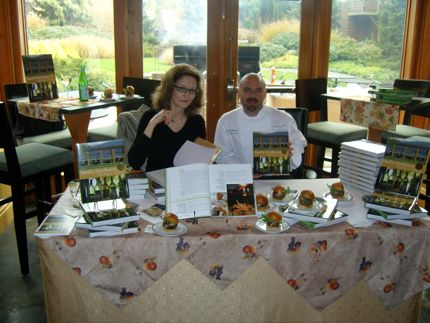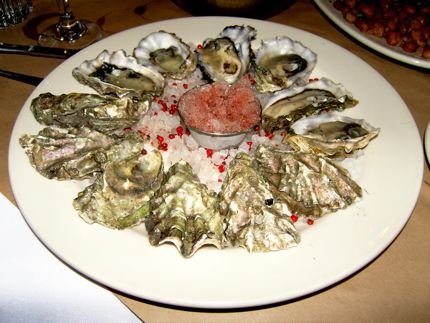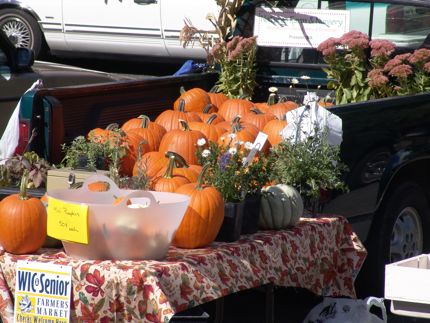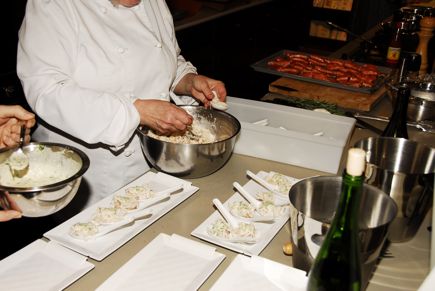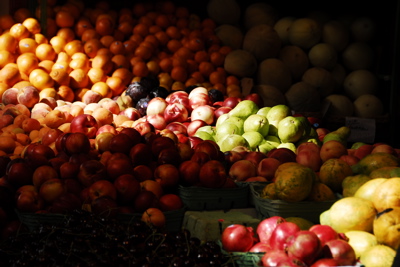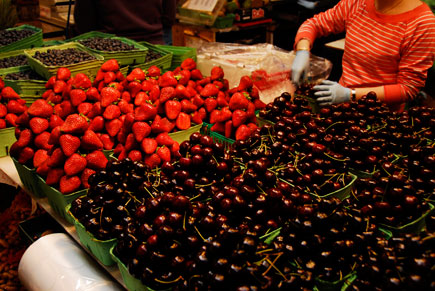Roasted Halibut with Shellfish Cioppino
April 1, 2009
Roasted Halibut with Shellfish Cioppino
Varietal: Pinot Gris
Serves 6
Cioppino (pictured above) is a classic seafood stew whose origins can be traced to the Italian fishers of San Francisco. Bouillabaisse is a similar tradition in France. You’ll enjoy the many kinds of seafood in this cioppino recipe from Mission Hill Family Estate in Westbank, British Columbia—everything from clams and mussels to spot prawns and octopus (!). And unlike many fishermen’s stews that are thick and tomato-based, this one relies on fish stock (or clam broth) and just a hint of tomato, plus the unmistakable flavors of fennel and crushed red pepper flakes, to create a gently perfumed, aromatic broth with a bit of a kick. The final crowning touch is the addition of one of the Northwest’s iconic fish, fresh halibut, which perches atop the cioppino. Pinot Gris is the preferred wine pairing here; it is generally a good choice with seafood, thanks to its lively texture and refreshing flavors of green apple and citrus.
2 tablespoons canola oil
Six 5-ounce halibut fillets
1 teaspoon olive oil
1 teaspoon fennel seed
Pinch of crushed red pepper flakes
1 small red onion, halved and sliced 1/8 inch thick
1 small red bell pepper, cored, seeds and membranes removed, and sliced 1/8 inch thick
1 Roma tomato, cored, seeded, and diced
1 cup homemade or store-bought fish stock, or 1/2 cup clam broth mixed with 1/2 cup water
1/2 cup Mission Hill Family Estate Reserve Pinot Gris or other good-quality Pinot Gris
1 pound Manila clams, shells scrubbed and rinsed
1 pound mussels, shells scrubbed and rinsed and mussels debearded just before cooking
4 ounces cooked octopus, very thinly sliced
4 ounces Alaskan spot prawns or medium-sized shrimp, peeled, deveined, and cut in half lengthwise
1/3 cup chopped fresh flat-leaf parsley
Kosher salt
Freshly ground black pepper
1. Heat a large nonstick skillet over medium heat and add the canola oil. Arrange the halibut fillets flesh side down without crowding, and cook until the fillets turn a soft golden brown and caramelize, 3 to 4 minutes. Turn and cook until medium rare (still a bit translucent in the center), 2 to 4 minutes more, being careful not to overcook. If desired, remove the skin. Cover to keep warm, and set aside.
2. While the fish is cooking, make the cioppino. Heat a Dutch oven or stockpot over medium heat and add the olive oil. When the oil is hot, add the fennel seeds and red pepper flakes and cook, stirring constantly, for 30 seconds. Add the onion and red bell pepper and cook, stirring constantly, for 1 minute. Add the tomato, fish stock, and wine, stir well, and cook for 1 minute. Add the clams, cover, and cook for 2 minutes. Add the mussels, cover, and cook for 4 minutes. When most of the clams and mussels have opened, add the octopus and prawns, cover, and cook until the prawns just turn pink and their tails curl slightly, 1 to 2 minutes.
3. Remove from the heat and discard any clams or mussels that have not opened. Gently stir in the parsley, and season to taste with salt and pepper.
4. Divide the cioppino among 6 soup or pasta bowls. Arrange one halibut fillet in the center of each bowl and serve at once.

